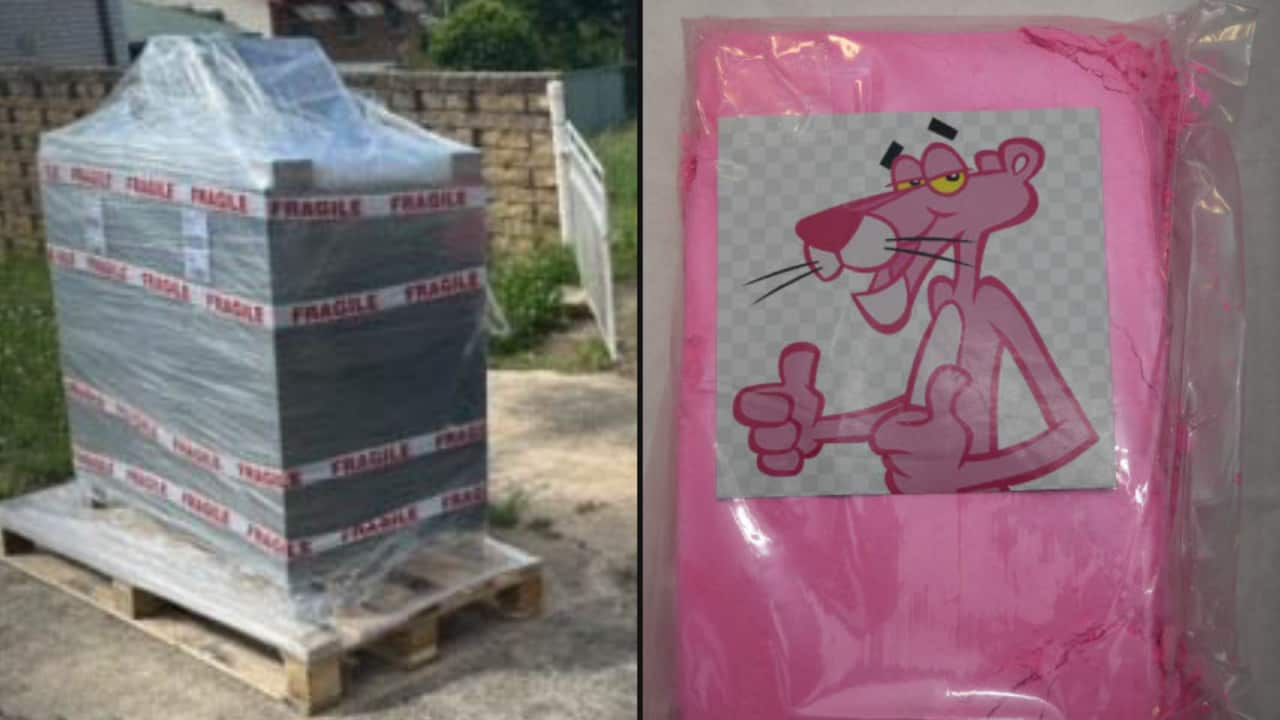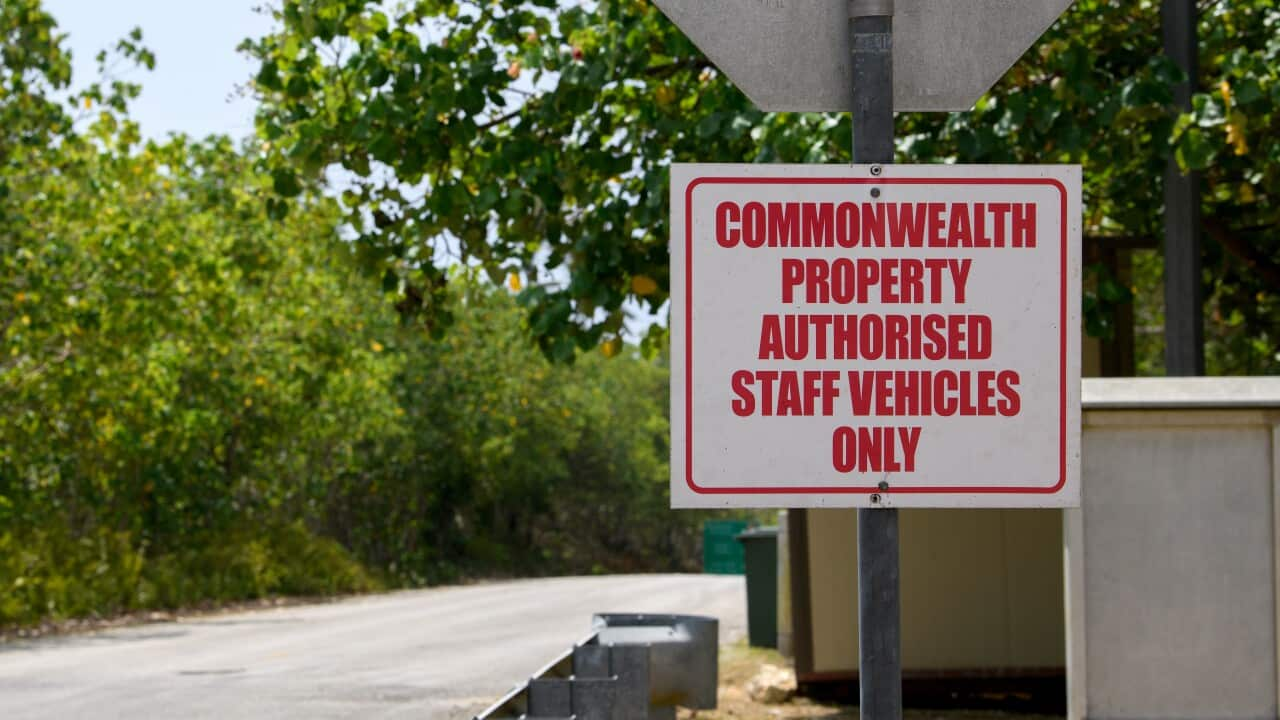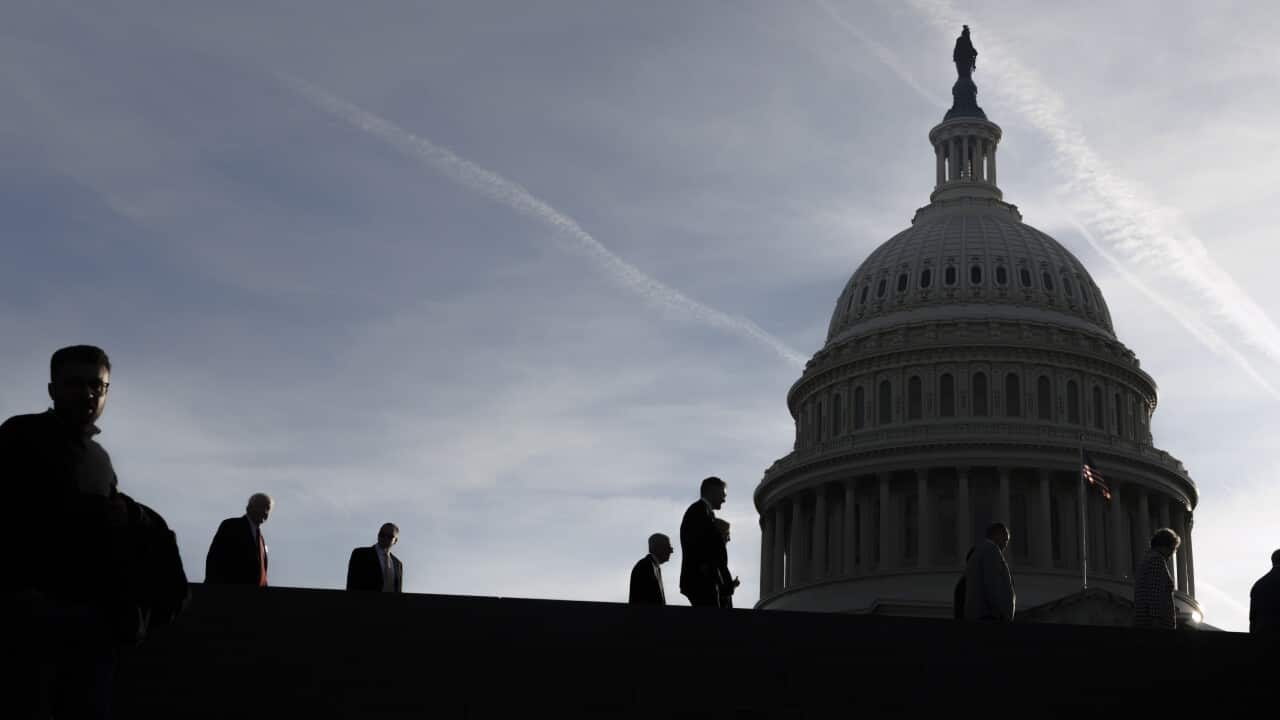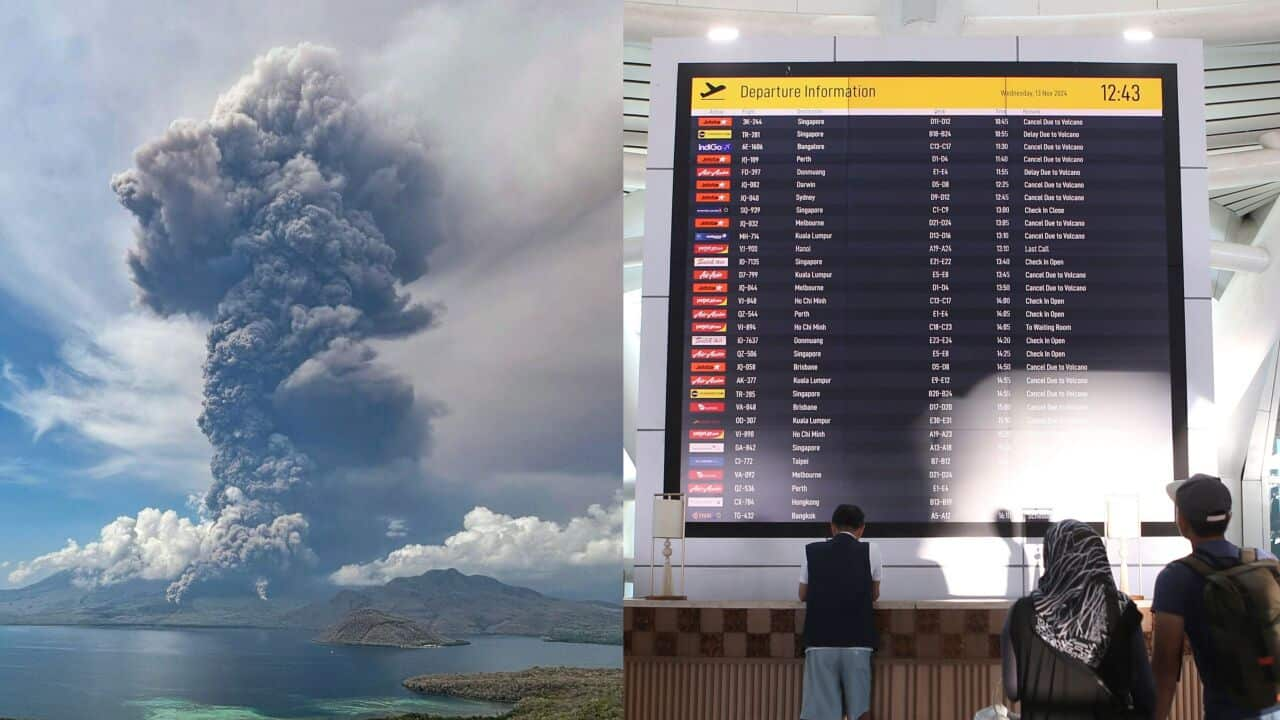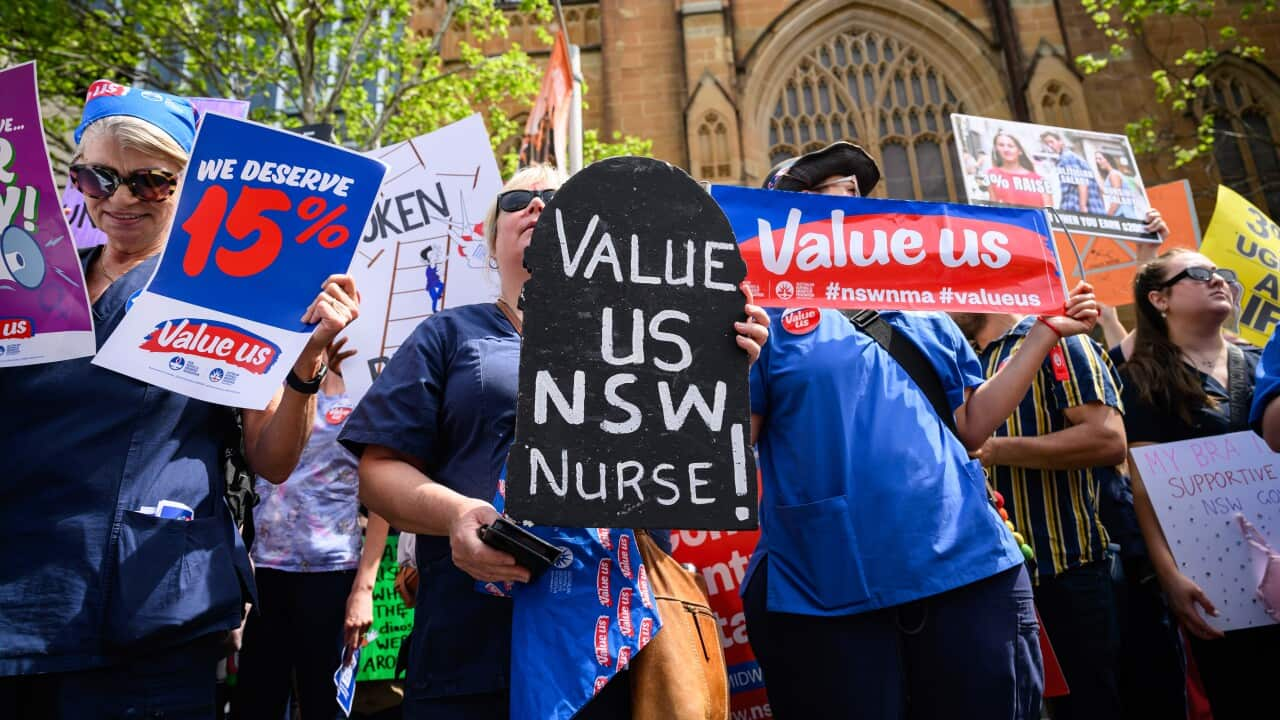Key Points
- Annual inflation has fallen to its lowest level in more than three years.
- HSBC’s chief economist says he doesn’t expect a cut until the “second quarter of 2025”.
- Australia’s ‘big four’ banks now forecast the RBA’s next move will be a 0.25 per cent cut in February.
Inflation has dropped to its lowest level in more than three years, but some experts predict Australians may have to wait until next year for a rate cut.
The annual Consumer Price Index (CPI) — which measures household inflation — has fallen to 2.8 per cent for the July-September period, the Australian Bureau of Statistics (ABS) said on Wednesday.
It’s the lowest annual figure since the March quarter of 2021 and is within the 2 to 3 per cent inflation target pursued by the Reserve Bank of Australia (RBA).
Some hope the new inflation data will lead to a decrease in the cash rate, with the Australian Council of Trade Unions (ACTU) calling on the central bank to start cutting interest rates before the end of the year.
“Major economies around the world have already been cutting rates, and Australians have a right to expect that our rates can and should start to be lowered before the year is out,” ACTU secretary Sally McManus said on Wednesday.
“Australia’s families have spent three-and-a-half years shouldering the financial hardship that has come with the need to put the brakes on inflation.”
to a 13-year high of 4.35 per cent in November 2023.
And many banks aren’t confident there will be a cut this year.
It has been nearly 12 months since the RBA changed the interest rate. Source: SBS News
‘Close to no chance this year’
Amid the recent fall in inflation, some banks have been sticking to their predictions and saying this will not result in a new decision at the RBA meetings in early November and December.
Paul Bloxham, HSBC’s chief economist in Australia, said he doesn’t expect a cut until the “second quarter of 2025, at the earliest”, as the bank predicted in late 2023.
“No chance at the November meeting. Close to no chance this year,” he told SBS News.
“Sticky domestic inflation suggests interest rate cuts are still some times away, and there is an increasing risk that there may be no rate cuts at all.
“The main problem is that underlying inflation is still too high.”
ABS data shows that underlying inflation, the ‘trimmed mean’ closely monitored by the RBA, has fallen to 3.5 per cent annually, down from 4.0 per cent in the June quarter.
But that underlying inflation is still much higher than its 1.1 per cent rate in March 2021.
The trimmed mean provides a view of underlying inflation by reducing the effect of irregular or temporary price changes that can impact inflation.
ABS data shows that the trimmed mean, closely monitored by the RBA, has fallen to 3.5 per cent annually. Source: SBS News
Experts say to see a decrease in cash rates, underlying inflation should be lower.
“Headline inflation mostly fell because of the government’s electricity rebate,” Bloxham said.
“The RBA has made it clear that it will look through the impact of government policy changes on inflation and that it will set its policy based on its assessment of the underlying pulse of inflation.
“Elevated underlying inflation tells us that demand is still too strong for what is a weak supply side of the economy.
“We see a rising risk that the RBA misses the easing phase altogether because underlying inflation falls too slowly from here.”
‘Big four’ banks don’t expect a rate cut until 2025
On Thursday, the Commonwealth Bank of Australia (CBA) also pushed back its first projected rate cut from December to February, saying the trimmed mean was higher it forecast.
“The September quarter 2024 CPI indicated that the disinflation process has continued. But not quite at the pace we anticipated on an underlying basis,” CBA economists Gareth Aird and Stephen Wu wrote in an investor note.
“The upshot is that we no longer expect the RBA to cut the cash rate in December 2024. Instead, we pencil in February 2025 for a 25 bp (basis point) decrease.”
With Commonwealth’s new forecast, Australia’s ‘big four’ — CBA, Westpac, National Australia Bank and ANZ — now all say the RBA’s next move will be a 0.25 per cent cut in February 2025.
In August, RBA governor Michele Bullock said .
“Inflation is still too high and, in underlying terms, is not expected to be back in the top of the band until the end of next year,” she said.
“Circumstances may change, of course, and the outlook is uncertain.”




